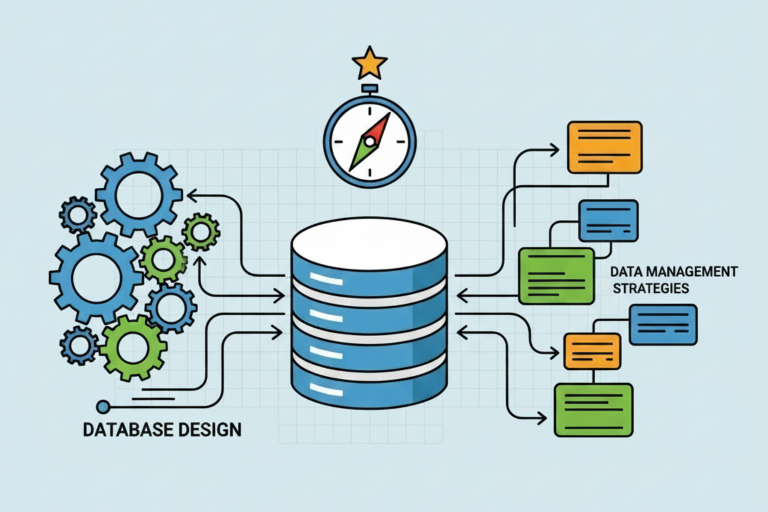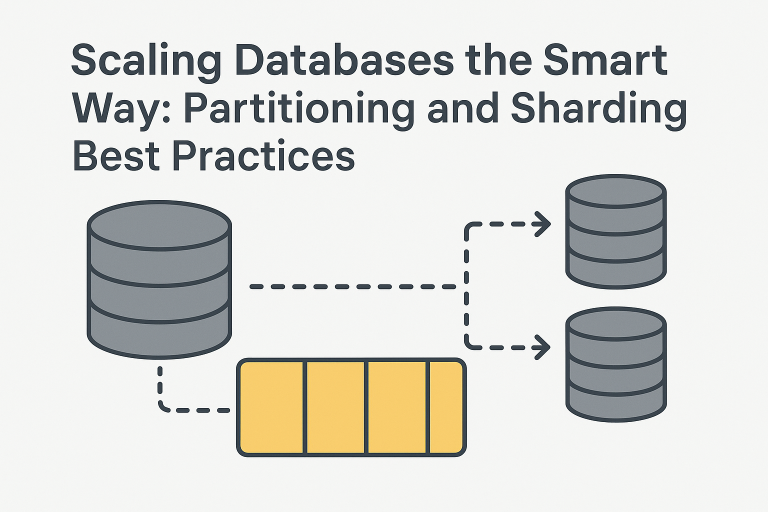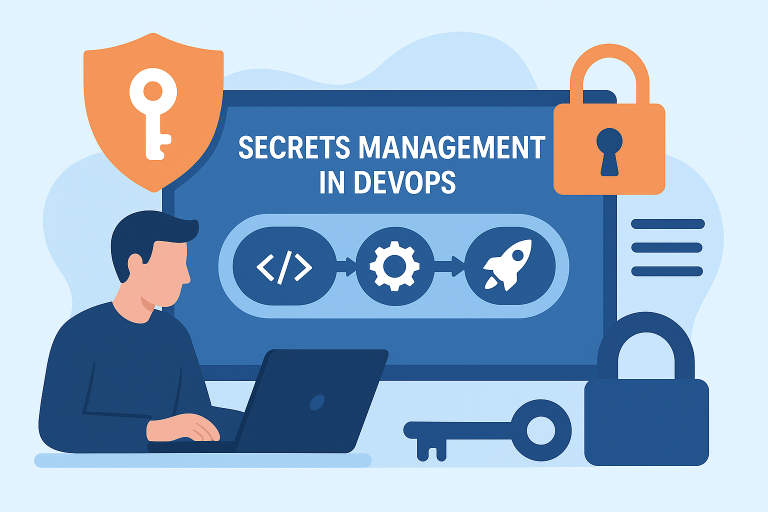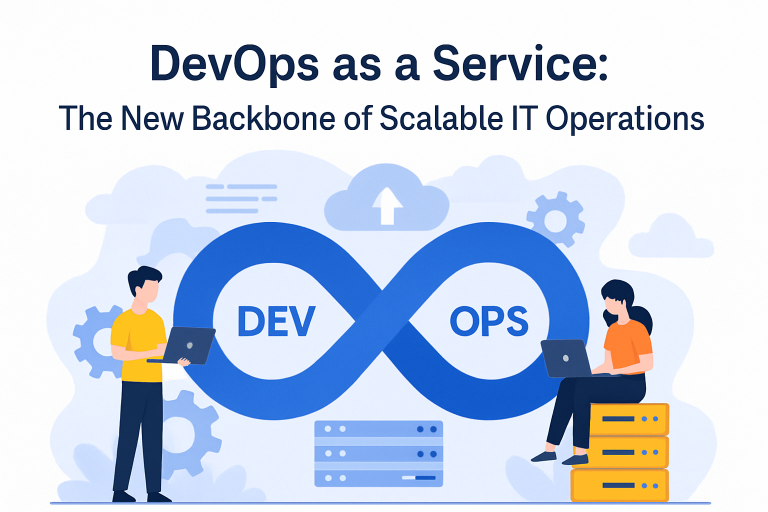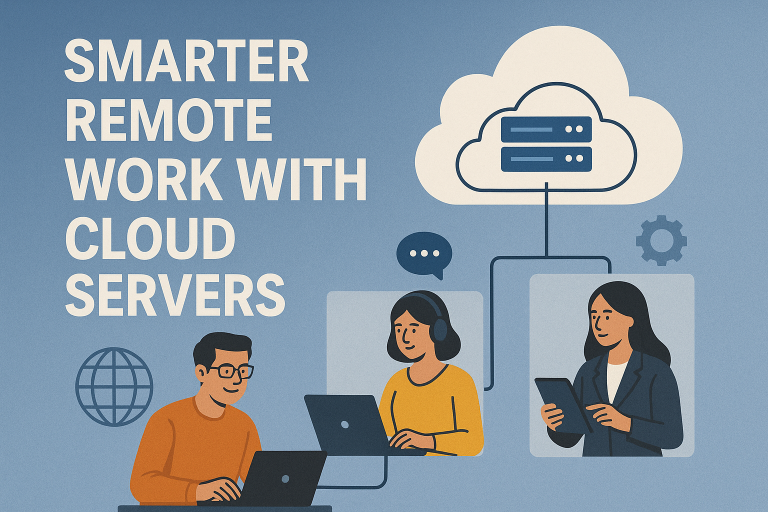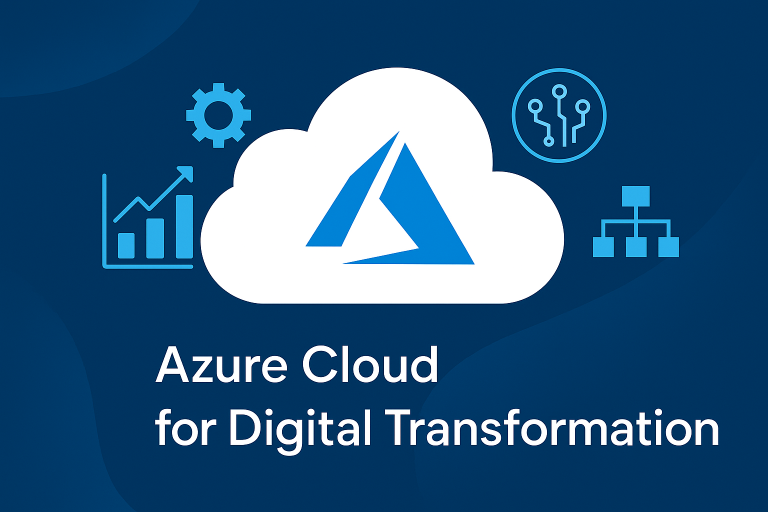
Cloud computing has become the backbone of modern business innovation. It not only enables rapid scalability, flexibility, and global reach, but also powers everything from startups launching new products to enterprises transforming their legacy IT systems. However, amid these vast opportunities, many organizations face a common challenge: managing and optimizing cloud costs. This is precisely where FinOps in Managed Cloud steps in-seamlessly bringing together financial accountability and expert cloud operations to ensure businesses gain real value from every cloud dollar spent.
Cloud expenses can quickly spiral out of control without proper oversight, leading to budget surprises, wasted resources, and stalled innovation. This is why FinOps (Financial Operations) has emerged as a critical practice-one that brings financial accountability and operational efficiency together to manage cloud spend effectively.
When paired with managed cloud services, FinOps becomes even more powerful, allowing businesses to not just control costs but to turn cloud spending into measurable business value. In this article, we’ll explore what FinOps means in a managed cloud context, how current and future technologies shape this practice, and why it is vital for organizations striving to stay competitive.
Understanding FinOps: Bridging Finance and Cloud Operations
FinOps is more than just a budgeting tool. It is a cultural and operational framework that encourages collaboration between finance, IT, and operations teams to:
- Increase visibility into cloud usage and costs
- Drive accountability and ownership of cloud spend
- Use real-time data to optimize and forecast expenses
- Align cloud spending with business priorities
The dynamic, on-demand nature of cloud resources makes cost management complex. For example, an e-commerce platform running on AWS might experience wildly fluctuating compute costs during peak shopping seasons. Without FinOps practices in place, teams might scramble to understand why bills spiked, often too late to react efficiently. Implementing FinOps effectively requires the right cultural mindset and the right tools and both are supported by robust cloud management services that provide visibility, control, and alignment across technical and financial teams.
Why Managed Cloud Services Amplify FinOps Effectiveness
A key reason many businesses struggle with cloud cost management is the operational complexity of multi-cloud or hybrid environments, lack of expertise, and inadequate tooling.
This is where managed cloud services come in. By outsourcing cloud management to experts, businesses gain a dedicated team focused on cost governance, performance monitoring, and resource optimization. Here’s how managed cloud services elevate FinOps:
1. Enhanced Cost Visibility and Reporting
Managed cloud providers implement sophisticated tagging strategies and usage tracking, which break down costs by project, department, or team. For example, a SaaS company might discover through detailed reports that a marketing campaign’s data pipeline is consuming a disproportionate share of storage costs. Armed with this insight, teams can adjust architecture or budgets accordingly.
2. Continuous Cost Optimization
Beyond reporting, managed cloud services actively identify opportunities to reduce spend. This is where cloud optimization services come into play offering continuous improvement through rightsizing instances, recommending reserved instances or savings plans, and eliminating unused resources like dormant virtual machines or stale storage buckets.
Example: A healthcare provider partnered with a managed cloud team that identified unused test environments running 24/7. Shutting these down saved the company 20% on its monthly cloud bill — funds which were then redirected toward patient data analytics projects.
3. Governance and Policy Enforcement
To prevent unexpected overspend, managed cloud teams enforce policies such as spending limits, approval workflows for new resources, and automated alerts for anomalous usage. This layer of governance supports FinOps goals by ensuring spending aligns with organizational policies and budget constraints.
Current Technologies Powering FinOps in Managed Cloud
Several emerging technologies are shaping how FinOps operates today, making cloud cost management smarter, faster, and more integrated.
AI and Machine Learning for Predictive Insights
The volume of cloud telemetry data is staggering. AI and ML algorithms sift through usage patterns to detect anomalies, forecast future spend, and even recommend optimization actions. Managed cloud providers leverage these insights to provide clients with proactive notifications and prescriptive guidance.
Example: A financial services firm using AI-powered FinOps tools noticed an unusual spike in outbound data transfer costs linked to a third-party analytics service. The managed cloud team quickly adjusted data routing, avoiding a potential $50,000 monthly overage.
Automation and AIOps
Automation is revolutionizing cloud management. Auto-scaling policies dynamically adjust resources based on demand, shutting down unused compute power during off-hours. AIOps- AI-driven IT operations can automatically resolve incidents that impact cost efficiency, such as runaway compute jobs or misconfigured resources.
This reduces manual oversight, enabling FinOps teams to focus on strategic decision-making rather than firefighting.
Multi-Cloud and Hybrid Cloud Cost Management
With organizations increasingly using multiple cloud providers or combining public and private clouds, cost management complexity grows. Managed cloud services unify billing and usage data across environments, providing a consolidated view that is essential for effective FinOps.
The Business Impact of FinOps in Managed Cloud
Properly executed FinOps does more than reduce expenses; it drives business outcomes.
Accelerated Innovation and Agility
By keeping cloud costs predictable and optimized, teams gain the freedom to experiment and innovate without the fear of runaway bills.
Example: An online education company leveraged managed cloud services to maintain tight cost controls, allowing product teams to trial new AI-driven personalization features confidently. The result: a 30% increase in user engagement within six months.
Improved Financial Predictability
Accurate forecasting and budgeting allow finance teams to plan better and avoid costly surprises. This financial discipline supports strategic investments in growth areas.
Competitive Advantage Through Cost-Efficiency
Businesses with optimized cloud spend can allocate savings to customer acquisition, R&D, or global expansion, gaining an edge over competitors constrained by inefficient cloud use.
Supporting Sustainability Goals
FinOps initiatives that optimize cloud resource use also reduce energy consumption and carbon footprints – a growing priority for companies committed to sustainability.
Looking Ahead: Future Trends in FinOps and Managed Cloud
As cloud technology evolves, so will FinOps practices. Here are some trends to watch:
Edge Computing Integration
With more workloads moving to edge locations closer to users and devices, cost management will extend beyond centralized clouds. Managed cloud services will need to incorporate edge infrastructure costs into FinOps strategies, ensuring visibility and optimization at the edge.
Serverless and Event-Driven Architectures
Serverless models, where billing is based on function execution rather than allocated resources, introduce new cost tracking challenges. Managed cloud teams will play a crucial role in capturing and optimizing these ephemeral costs.
Cloud-Native AI and Quantum Computing
Emerging cloud services around AI/ML training and quantum computing are resource-intensive. FinOps will expand to include managing these specialized workloads, balancing cost with experimental innovation.
How to Start Your FinOps Journey with Managed Cloud Services
If your organization is ready to take control of cloud costs and maximize value, here are practical first steps:
- Engage a Managed Cloud Partner:
Look for providers offering end-to-end services including cloud migration services, cost governance, performance optimization, and security. Migrating to the cloud is not just a lift-and-shift operation; it is the foundation for applying FinOps practices effectively, ensuring your cloud is architected for visibility and control from day one.
- Establish Cross-Functional Collaboration:
Finance, IT, and operations teams should align on goals, budgets, and responsibilities with clear communication channels.
- Implement Tagging and Reporting:
Start tagging resources to track spending accurately. Managed cloud teams can help automate this process.
- Leverage Automation and AI Tools:
Use predictive analytics and automation to reduce manual effort and catch cost issues early.
- Create a Culture of Accountability:
Promote shared ownership of cloud costs across teams to encourage responsible usage.
Conclusion
The cloud offers immense opportunities but managing its costs requires more than spreadsheets and budget meetings. FinOps in managed cloud environments brings a strategic, collaborative approach that transforms cloud spend into business value. By combining expert cloud management services with cutting-edge technologies like AI and automation, organizations gain the visibility, control, and agility needed to thrive in today’s digital economy.
If you want to strengthen IT teams, reduce surprises in your cloud bills, and unlock your cloud’s full potential, partnering with a trusted managed cloud services provider is the essential next step.

